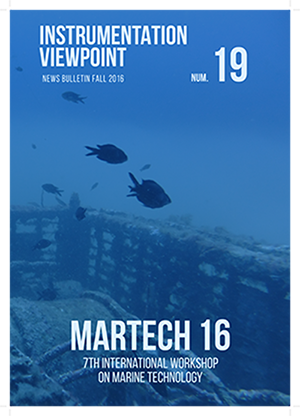Technological and infrastructure collaborative seismic research in Western Mexico
Abstract
In February and March 2014, Spanish, Mexican and British scientists and technicians explored the western margin of Mexico, a region with a high occurrence of large earthquakes (> Mw = 7.5) and tsunami generation, on board the British Royal Research Ship James Cook. This successful joint cruise, named TSUJAL, was made possible thanks to a cooperative agreement between NERC and CSIC as part of the Ocean Facilities Exchange Group (OFEG), a major forum of European oceanographic institutions for the exchange of ship time, equipment and personnel. A dense geophysical data set was acquired using for the first time 6 km length seismic streamer facilities from Spain’s Consejo Superior de Investigaciones Cientificas (CSIC), usually operating in the Spanish RV Sarmiento de Gamboa, onboard the British RRS James Cook by solving all mechanical, electrical and electronic problems. The RRS James Cook in turn provides the seismic source and the acoustic, hullmounted echosounder operated by the British Natural Environment Research Council (NERC). Multiscale seismic and echosounder images unravel the subduction geometry, nature of the crust, and evidence faults and mass wasting processes. The data are crucial to estimating fault seismic parameters, and these parameters are critical to carrying out seismic hazard in Mexico, especially when considering largemagnitude earthquakes (Mw 8.0), and to constrain tsunami models.Downloads
Issue
Section
License
Universitat Politècnica de Catalunya has joined the Berlin Declaration on Open Access to Knowledge in the Sciences and Humanities. This declaration proposes the universal acces to the results of scientific and technical research.
All papers presented at Martech will be published in both the UPCommons and the Martech organization web sites, the former being the institutional digital deposit of Universitat Politècnica de Catalunya (https://upcommons.upc.edu). This difussion will be made through the Creative Commons License Attribution-NonCommercial-NoDerivs 2.5 or similar (http://creativecommons.org/licenses/by-nc-nd/2.5/deed.en).
When sending the final paper, the author must agree to the conference having non-exclusive rights on this operation. The author will maintain his/her right to diffuse the paper elsewhere.







